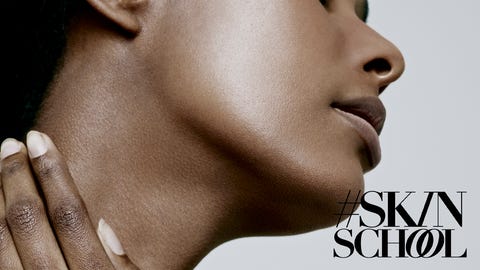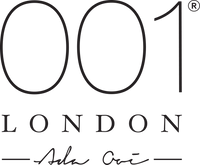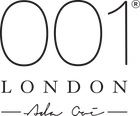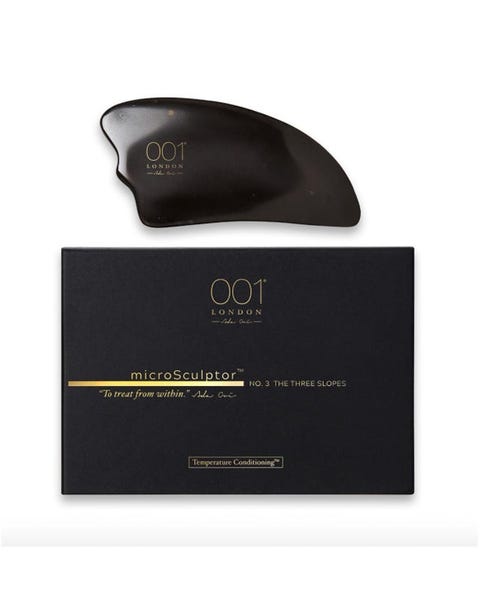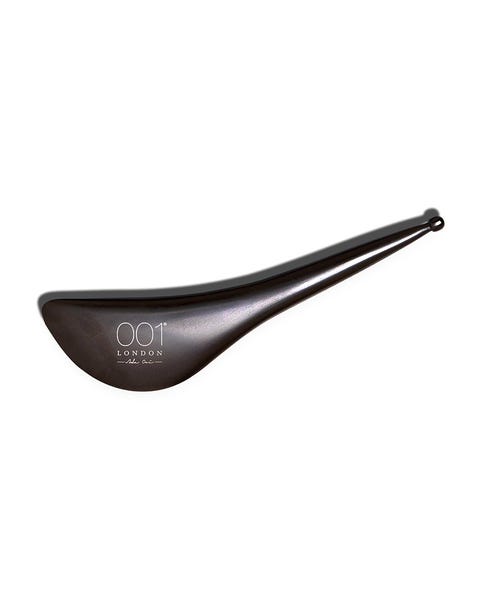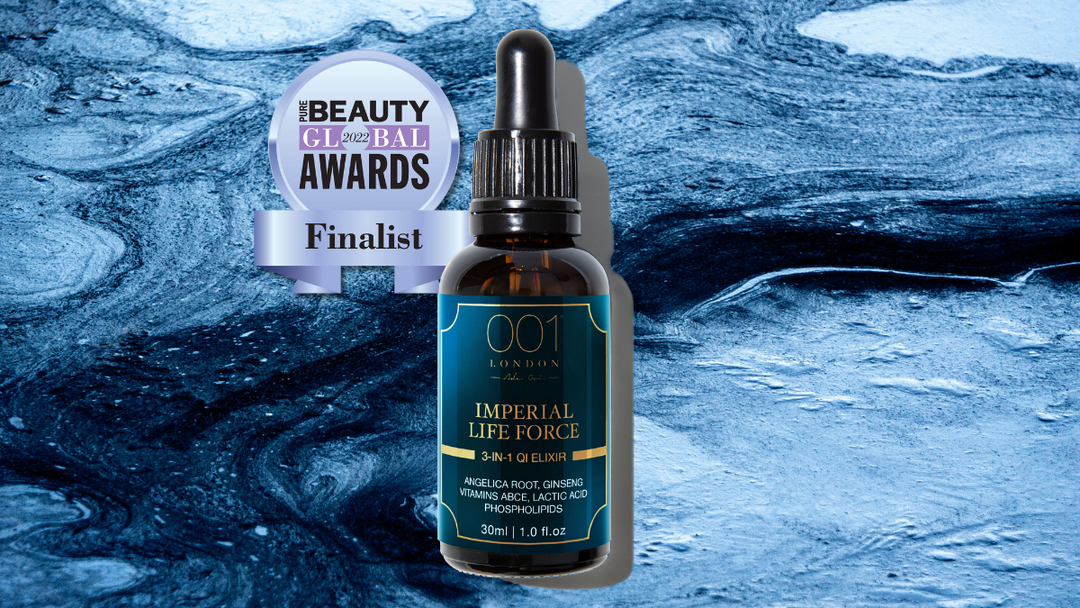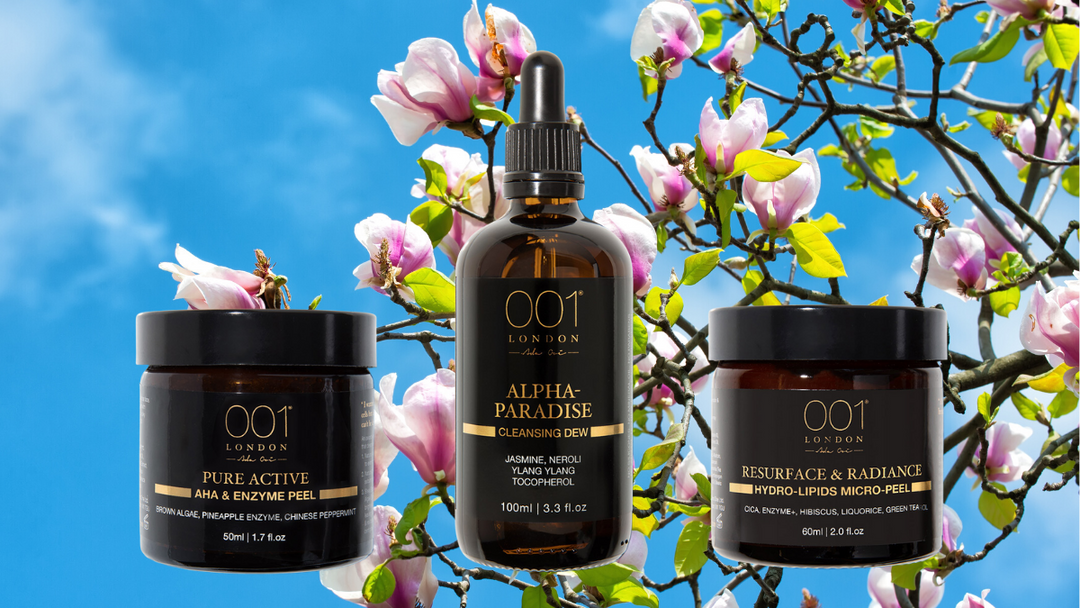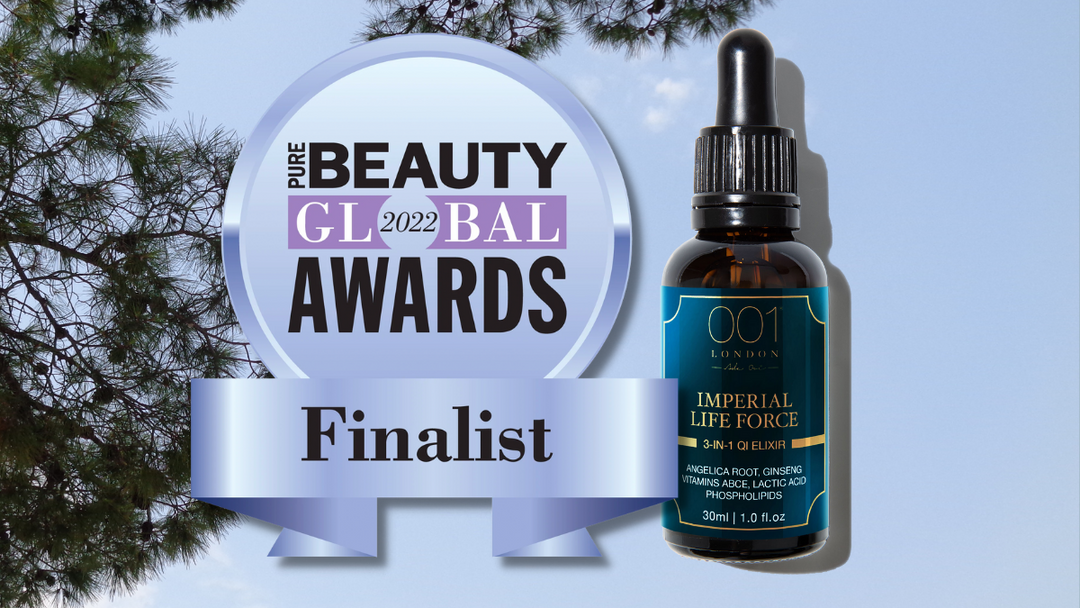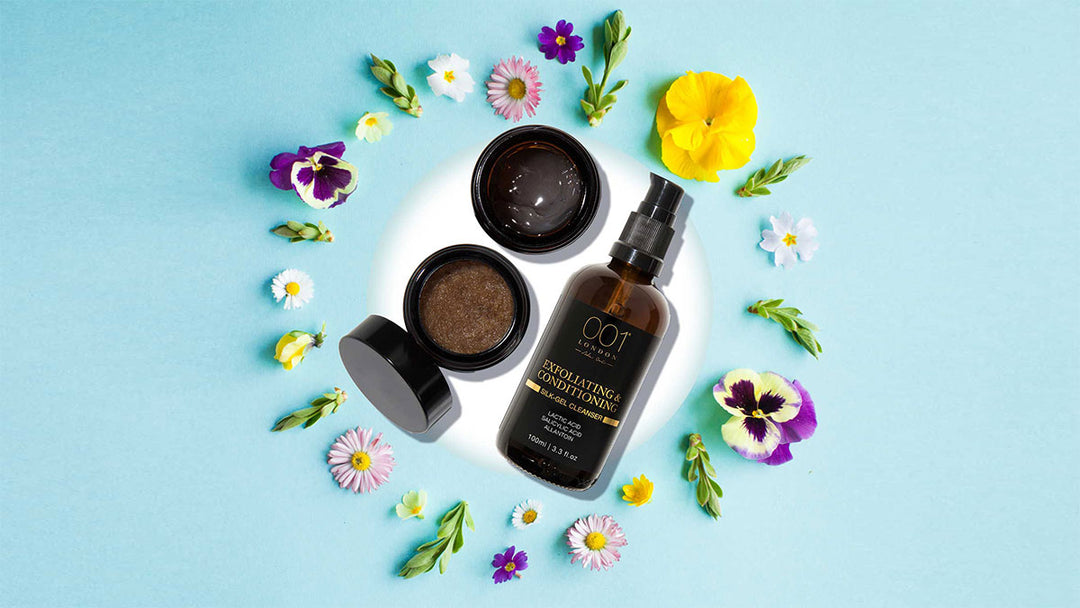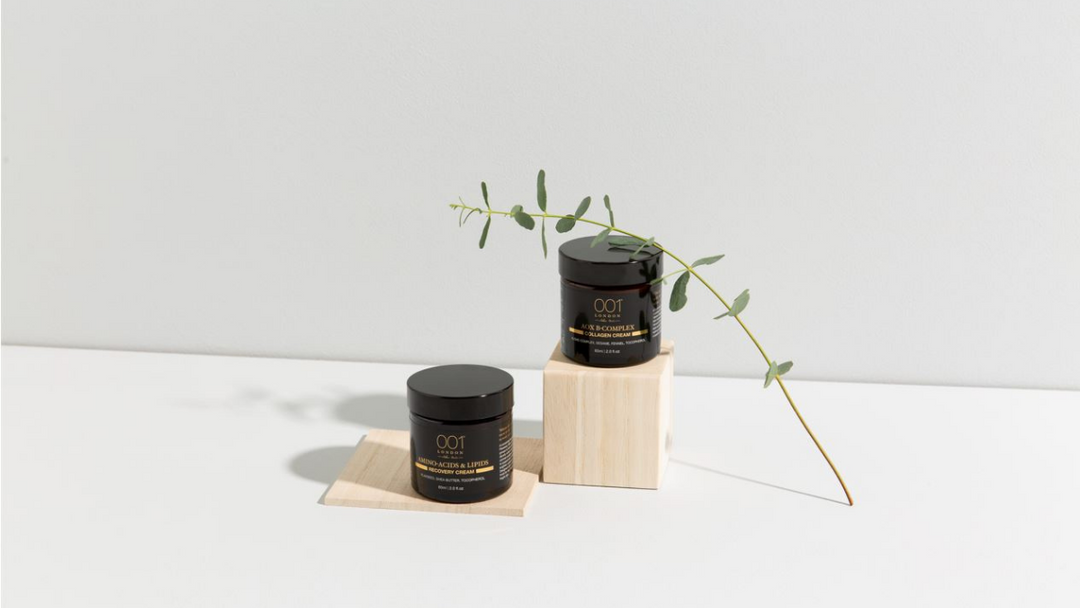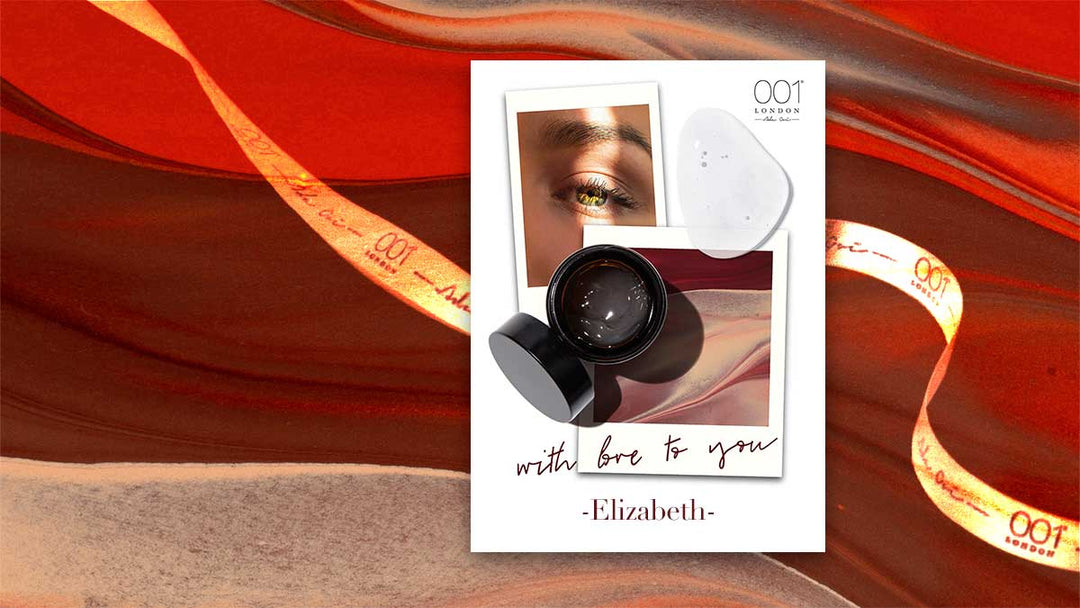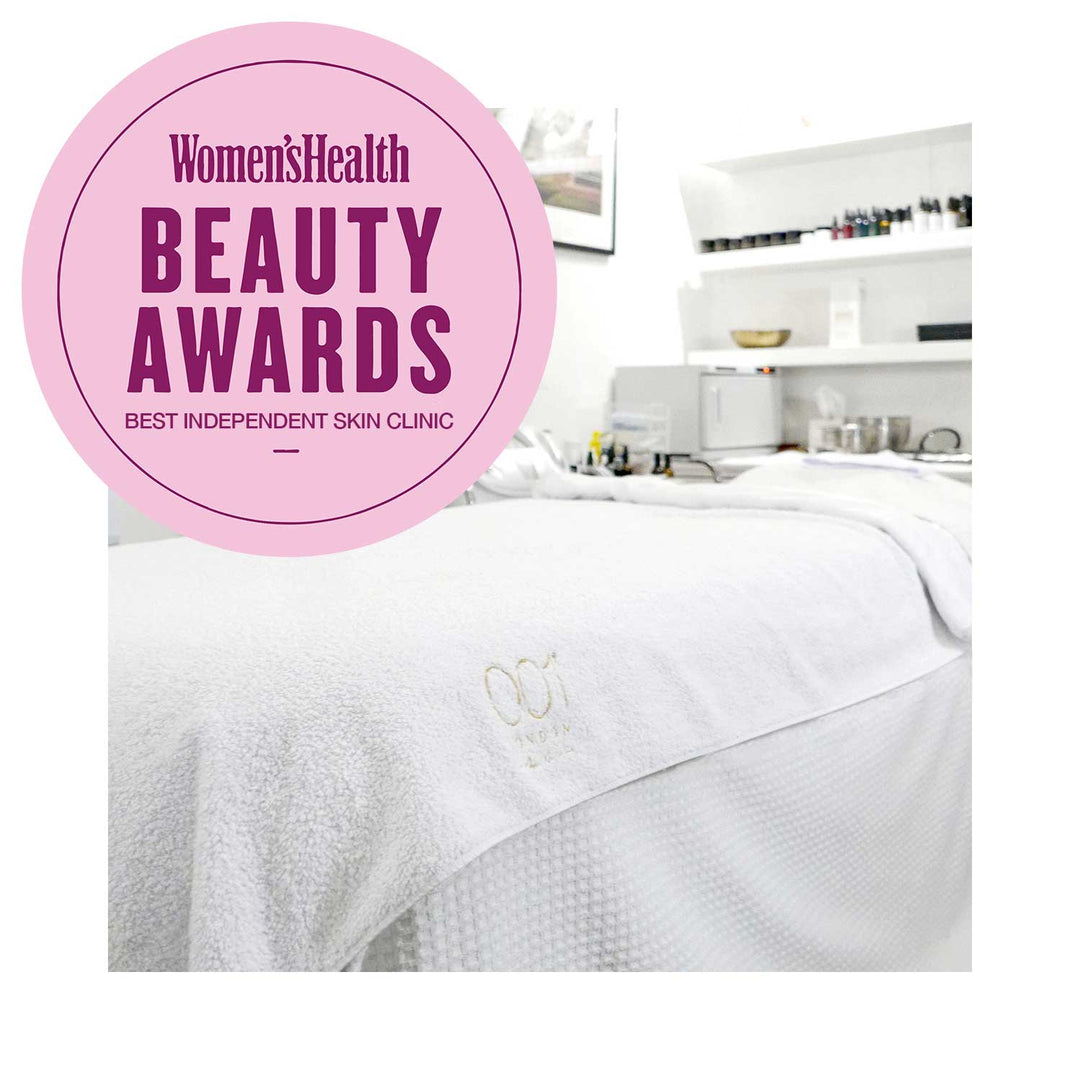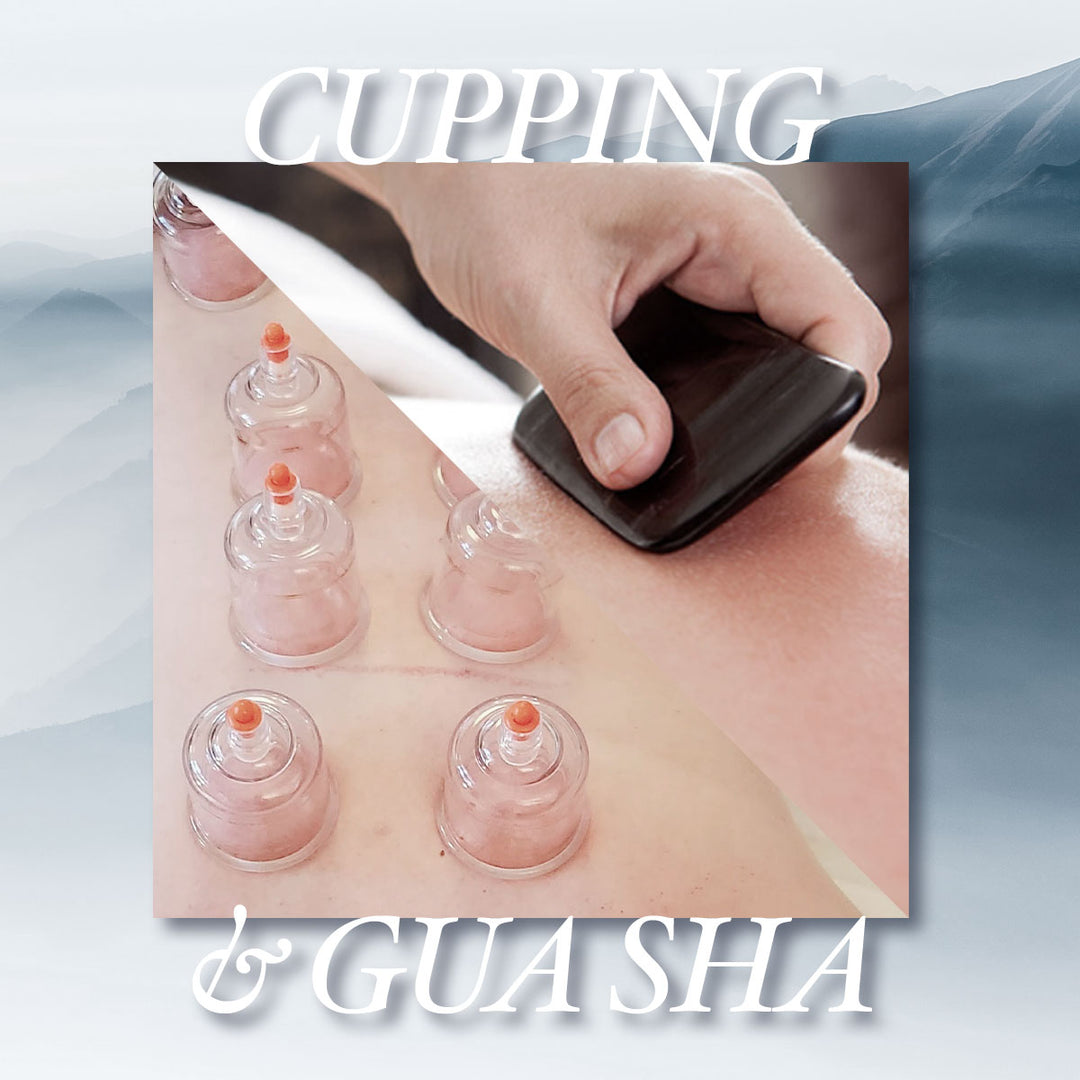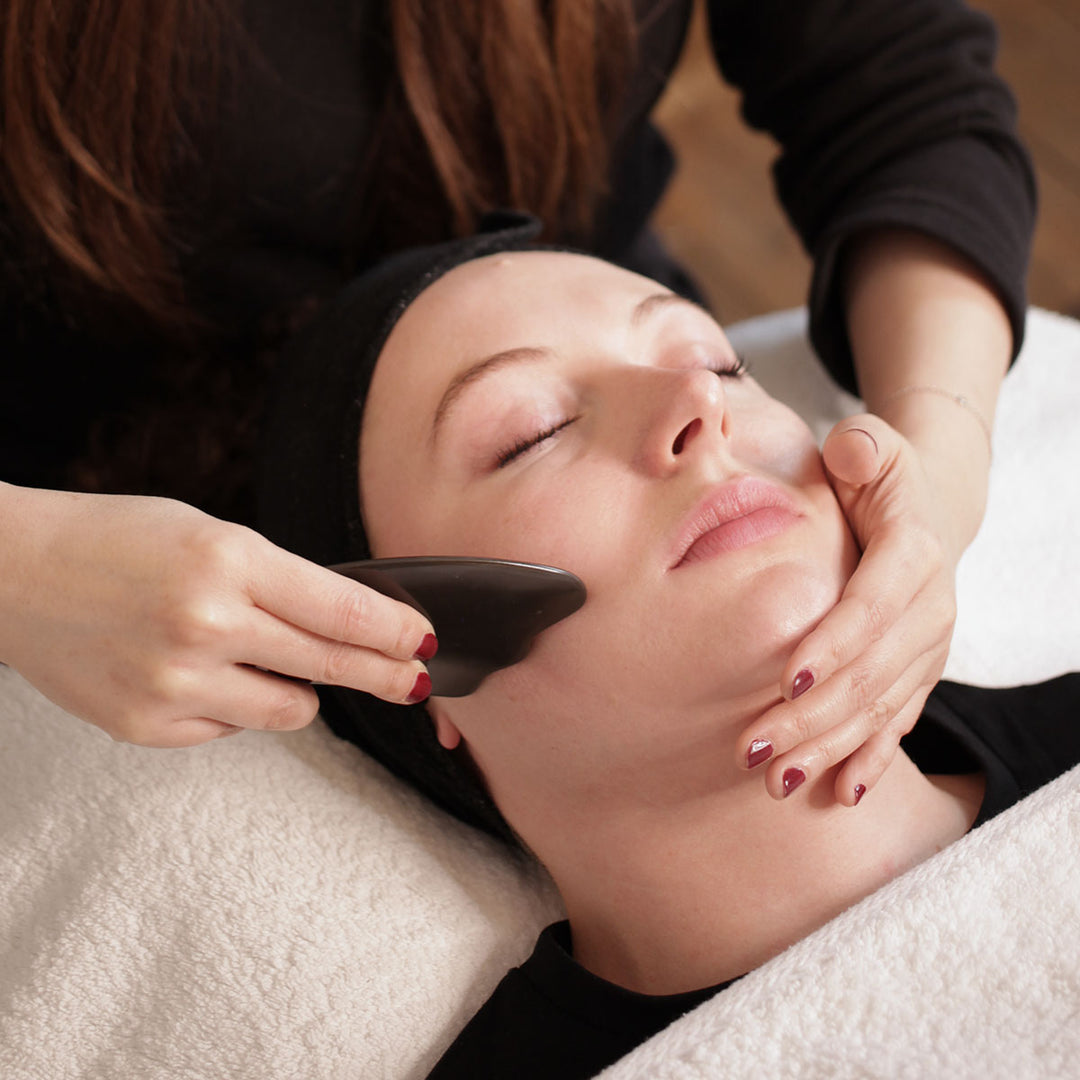First came the crystal revival, with all its holistic healing promises. Bolstered by a wave of approving A-listers (Victoria Beckham reportedly keeps a quartz in her bag), the allure of these precious gemstones quickly penetrated the mainstream to become part of our self-care lexicon.
Jade rollers soon followed, purporting skin de-puffing benefits as well as therapeutic appeal. Now, we’ve graduated onto gua sha: an ancient Chinese therapy that’s hard to pronounce (phonetically, it's gwa-sa), yet surprisingly simple to understand.
So, is gua sha the first form of crystal healing the practically minded can get behind? The stats certainly suggest so: new research from Skinstore has found gua sha to be the most popular skincare treatment on social-media platform Tiktok. Here, we speak to the experts to reveal exactly what gua sha is – and how you can reap the benefits.

"Gua sha can be literally translated as 'scraping sand'," explains Ada Ooi, facialist and founder of 001 Skincare. The technique originates from ancient China, and involves scraping the muscles along the different meridians of the body, using a small, smooth-edged stone.
The intense traditional body treatment, which leaves bold red marks all over the skin, has now evolved into a gentler, therapeutic facial therapy, which is fast gaining traction in the UK for its purported contour-sculpting benefits.
How does gua sha work?
According to Ooi, the firm, sweeping movements used in a gua sha therapy work to boost circulation, which can have multiple benefits for the face.
“When combined with other techniques such as lymphatic drainage, gua sha can also lift the contours of your face, or break down blockages and correct facial asymmetry caused by bad habits and irregular alignment of the body,” she says.
So far, so appealing – but can a gua sha facial massage really live up to such big claims?
Despite the therapy’s ancient origins, modern research does provide plentiful support for its benefits – notably when it comes to muscle recovery, pain management and skin microcirculation.
The Microsculptor - Three Slopes
001 Skincare
£65
SHOP NOW
The Microsculptor - Pick
001 Skincare
£60
SHOP NOW
A recent study revealed that gua-sha therapy increased microcirculation in the skin’s surface fourfold, decreasing muscle tightness and pain. Increased blood flow in the face means a heightened update of nutrients and oxygen, which ultimately shifts toxins and leads to healthier skin.
It's this boosted blood flow that makes gua sha such a great treatment for both face and body. Myriad skin conditions are believed to be related to a sluggish system and stagnant lymph flow, as toxins trapped in blocked passageways will move out of the body in other ways, potentially leading to skin infections and breakouts. By getting the lymphatic system moving again, gua sha allows for any excess waste to be flushed away.
So, while claims that gua sha can reduce wrinkles long-term should be met with apprehension, it seems these smooth stones can indeed help to boost blood flow, kick-start a sluggish lymph system – potentially leading to clearer skin – and ease a chronically clenched jaw.
Gua sha or jade roller – which is best?
Of course, if there’s already a jade (or amethyst, or rose quartz) roller nestled on your skincare shelf, you might be wondering if you really need to invest in a gua sha tool.
According to Petrusich, which one you opt for is simply down to a matter of preference in modality. “The facial roller can be a much more convenient and quick option for stimulating blood flow and draining puffiness, while the gua sha can help the user bring some intuitive flow to their routine, working on a deeper level while spending more time really indulging in the ritual of skincare.”
So, a jade roller makes for a speedy de-puffing tool – especially when fresh from the fridge – but a gua-sha allows for more precision, firmer pressure, and deeper benefits.

Ooi herself prefers to work with a heavier stone, as they require less strength for adequate pressure, and can reach deeper into the tissues. “The edges of the stones are an important factor too: a gradually slimmed edge can go under the musculoskeletal structure and offer deeper control,” she says.
Another point to note: a gua sha shouldn’t typically be stored in the fridge, as the aim is to let the blood vessels expand and flow, rather than restrict.
How to use a gua sha at home
While gua sha’s intense cheekbone-sharpening effects may be best left to a professional facialist, it’s easy to reap the lymph-boosting benefits of the therapy at home. All you’ll need is a tool – most on the market now are made of rose quartz or jade – and an oil of your choice to layer beneath.
“First of all, do not be intimidated,” says Ooi. “You can barely create ‘sha’ (the red marks) when performing gua sha on the face.” She likens the oxygen-flushed results of an at-home treatment to that of a post-gym glow.
How often should a gua sha be used?
The key to seeing results faster is consistency in your practice. Petrusich suggests using your gua sha once a day for two to five minutes, to make the biggest difference over time. “If you’re not able to commit to that time, you’ll still notice a difference – it just might not be as long-lasting,” he says.
Article written by Roberta Schroeder - HARPER'S BAZAAR
Read the full story here
